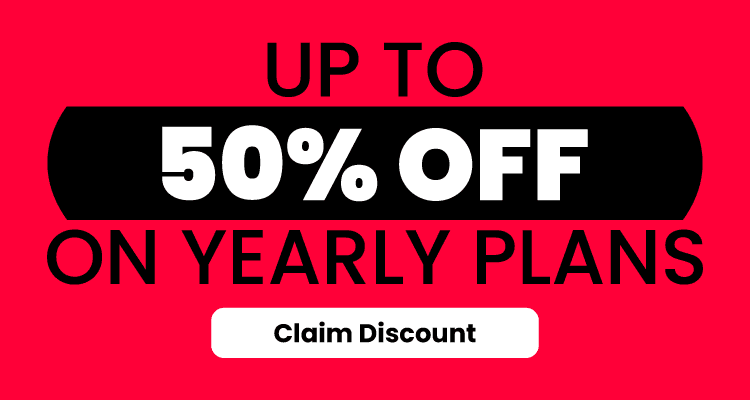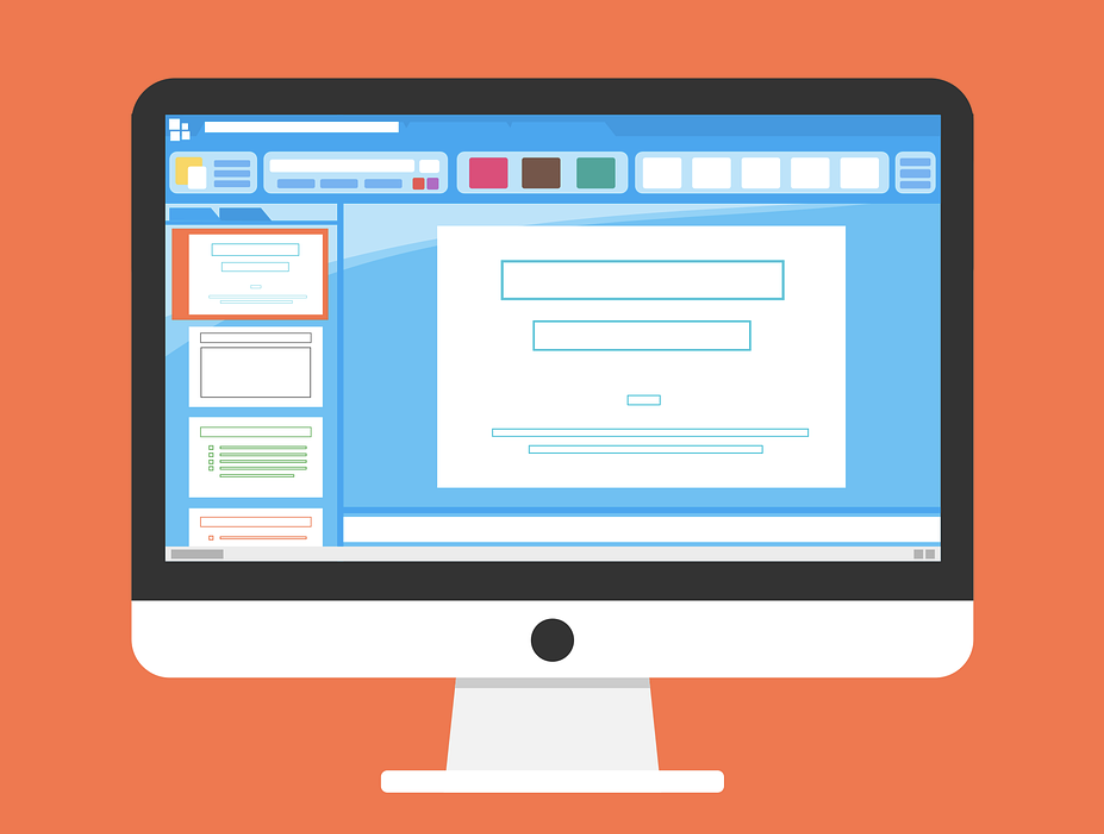You know that feeling when you’ve worked hard to grow an audience—you post, engage, show up daily—and still, when it’s time to pitch a brand or land a deal, things stall? The emails stop mid-thread. The “let’s circle back” never circles back.
It’s not always your offer. Sometimes it’s how you show your offer.
That’s the quiet truth most creators and small business owners overlook. Your deck, your media kit, your slides—they’re not just decoration. They’re perception. They tell people who you are before you even start talking.
And that’s exactly where tools like slides AI come in. They help you craft slides that look sharp, confident, and you—without spending an entire Sunday fighting with PowerPoint layouts.

Wait—Do Slides Still Matter?
It’s funny, right? We live in the age of 15-second videos and infinite scrolling, yet when it comes to serious deals—partnerships, funding, sponsorships—slides still decide the outcome.
Social media might grab attention, but slides close the deal.
Think about it.
A brand manager clicks your pitch deck before replying. A client reviews your proposal before booking that call. Even an investor checks your slides before they meet you.
If you’re trying to understand how people discover your brand or portfolio online before that meeting, check out this guide on Instagram accounts search by name — it’s a helpful reminder that your digital identity often speaks before you do.
Your slides are your digital handshake.
If they look sloppy or rushed, no caption or clever email subject line can save the impression.
Why Most People Freeze at the Blank Slide
Here’s the thing: most of us aren’t designers. You might have killer ideas, a strong personal brand, even data to back it—but when you open PowerPoint or Google Slides, your brain just… stalls.
You pick a template. Change the color. Then another. Then scrap everything and start over.
That’s design paralysis.
And it’s totally normal. Because creating something that feels “professional” yet still authentic to your voice is harder than it sounds. You want polish, but not stiffness. You want color, but not chaos.
So the deck ends up halfway done, collecting digital dust in your desktop folder.
Enter the Era of Smart Slides
This is where slides AI steps in—not as a shortcut, but as a creative jumpstart. You give it your key points or text, and it instantly builds clean, structured slides that look ready for a client meeting.
It’s like having a patient designer sitting next to you, whispering, “I’ve got this part—focus on your story.”
With it, you can:
- Turn text into branded decks in minutes
- Keep your colors, fonts, and vibe consistent
- Polish proposals without getting stuck on formatting
- Free up your mental space for ideas instead of alignment grids
Honestly, that’s the game-changer: not the AI, but the time it gives back. Because your creativity deserves more than font choices and layout battles.

Why Great Slides Convert (Even Without Fancy Design Skills)
Design isn’t about decoration—it’s communication.
When someone opens your deck, they’re asking one thing: Can I trust this person?
And good design quietly says “yes.”
It guides their eyes, helps them absorb your story, and makes your message feel effortless. That’s why minimal layouts and simple graphics often outperform flashy designs. They signal confidence.
Color matters too. Warm hues (soft peach, gold, coral) feel friendly. Cooler shades (navy, slate, silver) feel reliable. The best decks mix both—inviting yet professional.
You don’t need design theory to pull this off. You just need clarity, empathy, and consistency.
The Slide Mistakes Everyone Makes (And How to Fix Them)
Let’s be honest, we’ve all been there. You finish your slides, proud and tired, and later realize you made every rookie mistake possible.
The usual suspects:
- Walls of text. If a slide looks like an essay, your audience tunes out.
- Too many fonts. Two max—one for headlines, one for body.
- Inconsistent tone. Mixing formal and casual sounds confused, not creative.
- Overdecorating. Animations everywhere? Distracting, not impressive.
- No story arc. Random slides with no flow lose attention fast.
Fixing these doesn’t take fancy tools—it takes intention. Ask yourself: If I only had 30 seconds to tell this story, what would I keep?
Followers Follow. Clients Commit.
Let’s get real: followers care about your personality. Clients care about your clarity.
Your slide deck is where those two worlds meet.
Say you’re a beauty influencer. You’ve got 80K followers and a warm, loyal audience. But when you pitch a skincare brand, they’re not just buying your reach—they’re buying how well you understand presentation, professionalism, and alignment with their image.
So your deck should show:
- Who your audience is (screenshot your analytics—it’s proof)
- What collaborations you’ve done
- The tone of your content
- Testimonials, quotes, or engagement rates
That mix of proof and personality turns “influencer” into “brand partner.”

The Secret Ingredient: Slides That Feel Like You
Here’s something most people miss: your slides don’t need to look corporate. They need to look consistent.
Start with your colors, fonts, and vibe. If your Instagram feels warm and candid, your deck should too. If your brand voice is calm and refined, your slides should echo that rhythm.
And remember, white space is your friend. It gives your words room to breathe. Think of it as silence in a conversation—it helps people listen.
What People Actually Remember
Here’s a truth I’ve learned working with brands and creators alike: people rarely remember your bullet points. They remember how your message made them feel.
That’s why a great slide deck doesn’t just “show data.” It tells a story.
Maybe it’s the moment you realized your first post went viral. Or the testimonial from a client who called your campaign a turning point. Those small, emotional anchors make your deck human.
Because behind every follower count, there’s a person. And behind every client, there’s trust.
How to Make It Sustainable (So You Don’t Burn Out)
If you’re thinking, “This sounds great, but I can’t rebuild my slides from scratch every time,” don’t worry. You shouldn’t.
Here’s what helps:
- Create one “master” deck template you reuse and tweak.
- Store your fonts, brand colors, and logo in one folder.
- Let slides AI generate variations for new pitches or campaigns.
- Keep a slide library of testimonials, case studies, and visuals you can drag and drop.
That small system keeps your brand voice steady—and saves you from late-night design panic.
A Real Story: How Clarity Doubled a Freelancer’s Income
Take Sam, a digital strategist from Sydney. She was great at her job but hated building decks. Her proposals looked inconsistent—sometimes too long, sometimes rushed.
She tried slides AI for one campaign proposal. In twenty minutes, she had a deck that felt cohesive and modern. That week, she closed two contracts worth double her usual rate.
Her skills didn’t change. Her presentation did.
And that shift made her look like the expert she already was.
The Bottom Line: Confidence Is Contagious
At the end of the day (well, not literally—no clichés here), it’s simple: followers see your personality. Clients see your preparation. Slides connect the two.
You don’t need perfection. You need presence.
Every clean layout, every clear headline, every consistent color—it’s a quiet signal that says, “I care about this.” And that’s what people buy: care, confidence, and clarity.
So if you’ve been postponing that media kit or pitch deck, start now. Open your file. Use slides AI if it helps. Tell your story clearly, visually, and with heart.
Because the truth is, great slides don’t just show who you are—they prove it.



